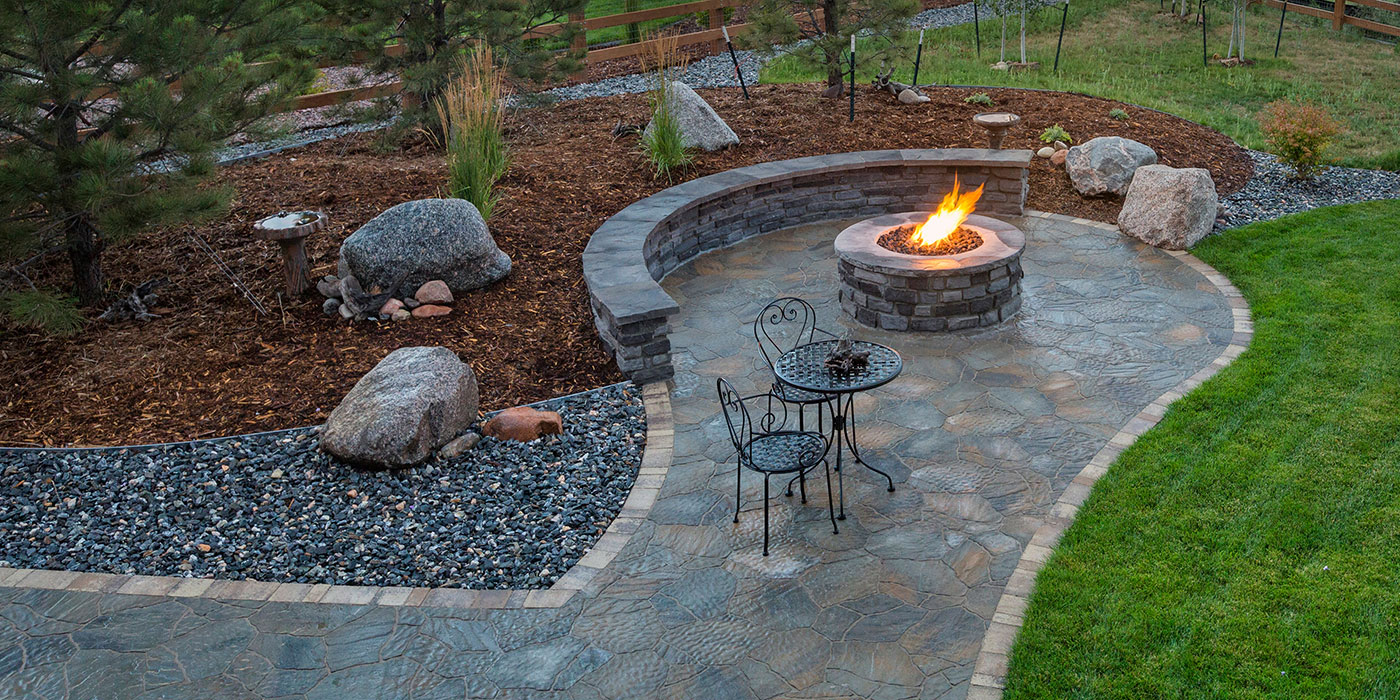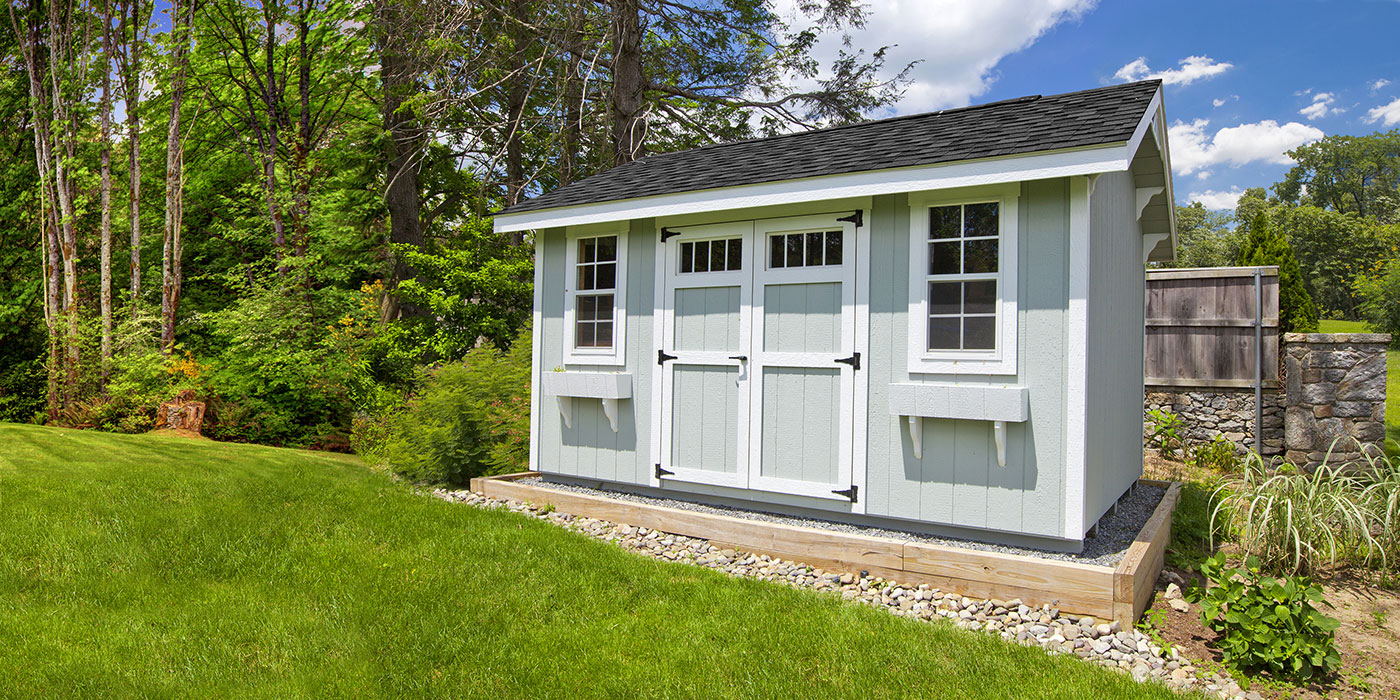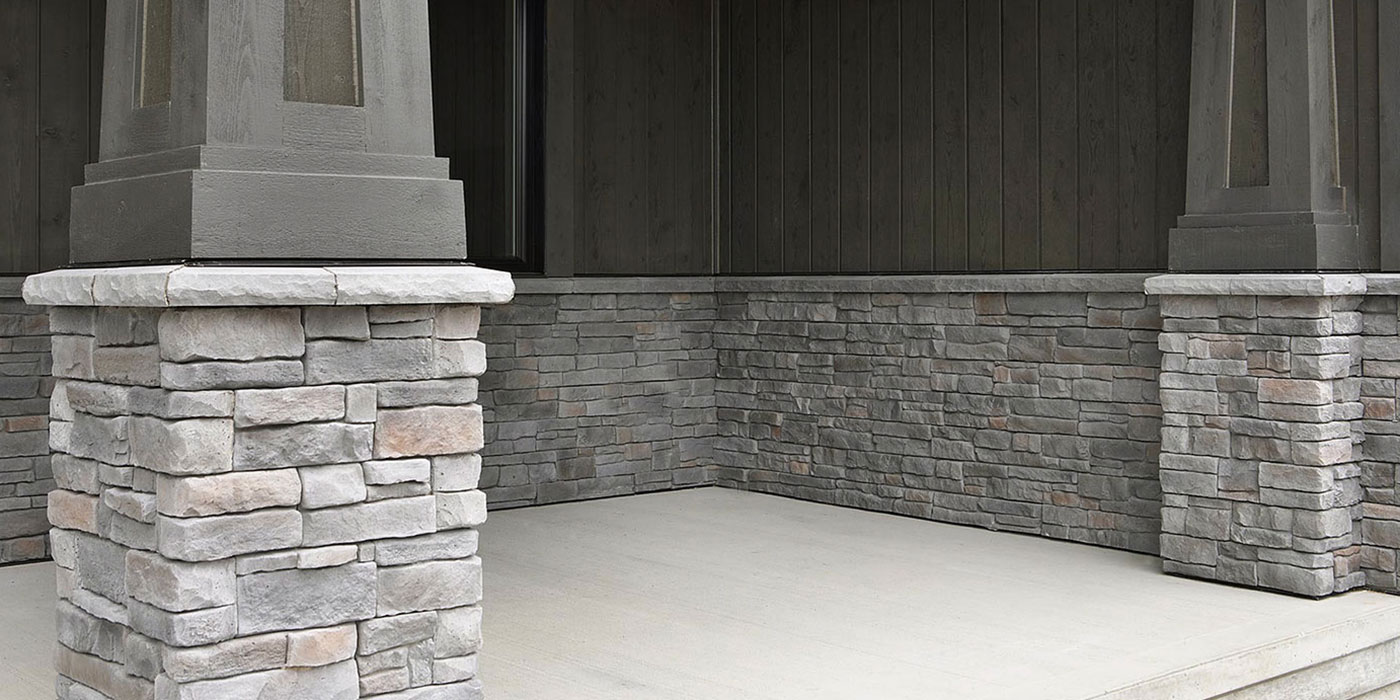If you are thinking of tackling a DIY flooring project, you’ll save about half the cost of a professional installation. Getting a great finished result starts with an honest evaluation of your DIY skills and plenty of research and preparation. Different types of flooring have different installation instructions and often takes longer than expected. Here are some valuable tips on what to do before you begin:
1. Instructions
Read the installation instructions that come with the flooring package thoroughly. Plus, there will be information on the manufacturer’s website and check online for installation videos to get yourself familiar with the process.
2. Climatize
Some types of flooring needs to climatize to the new surroundings before installation and will require a wait time, which will be mentioned in the installation instructions.
3. Tools
Check the installation instructions for a tool list for your particular flooring. If you don’t want to purchase some of the larger heavy duty tools that you may not need again, consider renting tools instead.
4. Subfloor & underlayment
Find out if your subfloor is sound and if you need additional underlayment for your particular flooring. A strong subfloor provides the structural support for your floor. Installing an underlayment provides a sound barrier and can protect your flooring from moisture and heat.
5. Measuring
Accurate measurements are needed to determine the amount of flooring you need. Multiply your room’s width by the length, then add 10% to the total to allow for waste and mistakes. A TIMBER MART Flooring Specialist can help with your calculations and give you a cost estimate.
6. What’s your DIY skill level?
Some flooring installations are easy for a do-it-yourselfer and others are trickier. Here’s what your skill level needs to be for various flooring installation projects.
- Laminate
A laminate floor installation with a floating floor system is very DIY-friendly. You’ll need some patience and skill to negotiate doorways. - Vinyl plank
Vinyl plank flooring was designed with the average homeowner in mind. It is very easy to install and requires very little in the way of skill or tool knowledge. - Engineered
Comes as a glue-down, nail-down or a floating floor system featuring planks with snap-together edges. For the easiest install, DIYers should go with the floating floor. - Hardwood
Once you get the hang of nailing with a flooring nail gun, installation goes smoothly. Your biggest challenge is keeping rows straight.
Start your DIY flooring project with TIMBER MART. Our flooring experts can provide you with expert advice on where to begin, and help you find the right tools and materials.



